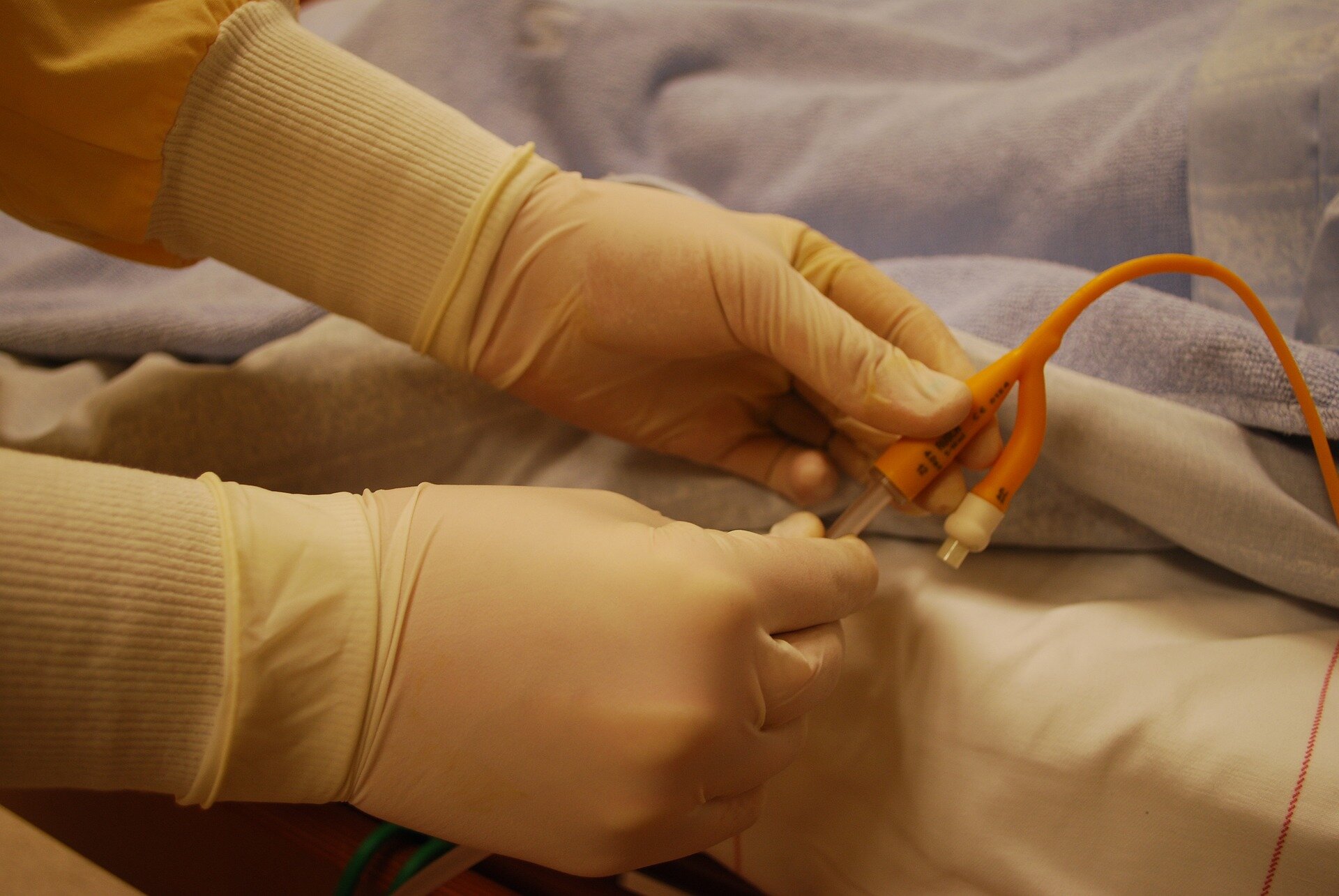In 2009, a mysterious fungus emerged seemingly from out of thin air, targeting the most vulnerable among us. It sounds like Hollywood, but the fungus in question poses a very real threat. Scientists are scrambling to figure out what makes the life-threatening fungus Candida auris tick—and why even the best infection control protocols in hospitals and other care settings often fail to get rid of it.
Researchers at the University of Michigan have zeroed in on C. auris’ uncanny ability to stick to everything from skin to catheters and made a startling discovery. The paper, “A Candida auris-specific adhesin, SCF1, governs surface association, colonization, and virulence,” has been published in Science.
The investigative team, led by Teresa O’Meara, Ph.D. of the U-M Medical School Department of Microbiology and Immunology and her graduate student Darian Santana, has discovered that C. auris is unlike any other known fungus in that it employs a type of protein, called an adhesin, that acts very similar to those used by oceanic organisms, such as barnacles and mollusks.
Their original hypothesis was that C. auris would use an adhesin from the families of sticky proteins used by other fungi like C. albicans. However, when they checked the usual suspects, namely proteins from the highly conserved ALS and IFF/HYR families, they came up mostly short, except for one protein, IFF4109, with a partial affect.
They then pivoted to a different screening method to systematically break the genome of C. auris and see which mutant lost its ability to stick to 96-well plastic plates—leading to the discovery of a new adhesin they named Surface Colonization Factor (SCF1).
2023-09-29 08:48:02
Post from phys.org
